Useful analytics for small businesses
Being data driven can help businesses make informed decisions about how they operate to maximise value for customers and ultimately become more successful. Having some basic insight into the performance of your digital strategy can help you decide how to spend your time most effectively. It’s useful to know where your customers are coming from, how they are visiting your site or socials and which channels are working best for your business. Here’s the low down on some basic data points that you can use today.
There are various tools you can use to track data some of which are free. We build a lot of our sites in Squarespace and they have an in-built analytics suite with all this basic data. If you have a business Google account you can also use their analytics by hooking up your domain. There are other specialist tools such as Hubspot or Mixpanel but these may be overkill for a small business so we recommend starting small. After all, unless you can realistically spend time setting up and configuring systems and analysing data there is little point having it at all!
Our top three suggested data points to get your started:
1. Visitor Numbers
Tracking the number of visits over time can give you a sense of how your pages and social sites are performing. You need to review the data over a decent period - 3-6 months minimum - so that you can start to spot trends. Often there are patterns such as times of day or days of the week where you might see a peak. You can also see if certain events like blog posts or marketing campaigns have an impact and if so which ones work best. Once you’re armed with that data you can better make decisions on when to reach different types of customer or users and what activities to spend your energies on. On your website you might want to look at this data across different pages or posts. Again it could help indicate which content is most successful and where people are going once they visit your site.
2. Traffic Source
Knowing where people come from can be useful. You can see who is coming to your website from social sites or e-mail campaigns. This helps your determine which channels are most successful in driving customers to you and you can then further analyse this to determine of those customers which went on to actually convert to make a purchase or use your services. You’ll then be able to focus your efforts in the right places - for example if your customers largely come via Facebook or Instagram rather than LinkedIn or Twitter your can work on building content or communities on the social sites that bring most value.
3. Devices
The devices your customers or prospective customers are using can also help you tailor your content. When building sites we also make them compatible across desktop, tablet and mobile devices using features that work across all three. However if you know there is higher engagements using one type of device than another you can tailor the user experience or content even more and build around the most popular devices. It might also help you with decisions around the products and services you offer - for example if you have a lot of mobile users it may be that you need to build a mobile App for your services to help grow your business.
Wherever you are in your data journey, having some knowledge is better than having none at all. It makes sense to start small and focus on the data points that will help you better understand the basics. At Juniper we’ve set up analytics for many of our customers and we often help to analyse make sense of them too, in order to inform our clients’ digital and marketing strategies. If you’d like a chat get in touch and we’d be happy to steer you in the right direction!
